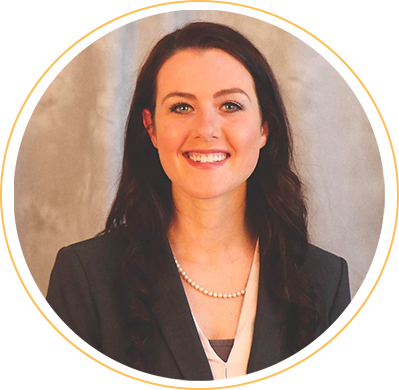

Cassidy Peterson just raised the bar when it comes to hands-on learning experiences.
The University of Minnesota medical student, who spent her first two years at the Medical School’s Duluth Campus, was in on the delivery of 77, count ‘em, 77 babies.
And the Velva, ND, native did it in just nine months shadowing two family medicine physicians at Lakewood Health System in the small town of Staples.
Not all the deliveries went smoothly. One, in particular, was tough on both mom and son, but the way Cassidy’s mentor, Dr. Lindsay Leveille, handled it only made her want to be an OB-GYN all the more.
“She showed me the provider that I want to be,” Cassidy says.
This is RPAP, short for Rural Physician Associate Program, the University’s effort to expose students to the wonders of small town medicine and recruit them to practice there after graduation. The University of Minnesota trains 70% of the physicians who practice in the state.
In big cities, students do rotations of varying lengths, from as little as two weeks to as much as eight. In RPAP, they’re in one place for nine months, building deeper relationships with mentors -- and patients.
They also experience another aspect of small town medicine: With few, if any, sub specialists down the hall and patients eager to stay close to home, doctors here often need to wear more than one hat.
Says Leveille, who came through the RPAP program herself: “You get to see what it’s like to be a family doctor who does everything.”
Adds Cassidy’s other mentor, Dr. Ryan Kroll: “We not only get to take care of moms and their babies but their grandmas and grandpas.”

When Cassidy first came to Staples, she didn’t think being an OB-GYN was necessarily for her.
Leveille, however, saw in Cassidy not just the aptitude for it, but the bedside manner to win the confidence and trust of a mother during this vulnerable time.
Emily Horbal, who, right from the get go, welcomed Leveille’s student as extra support, experienced it during the difficult delivery of her boy, Myles.
He was born with bruising on his head, something that could have landed him on an emergency flight to St. Cloud Hospital NICU.
But with remote guidance from a specialist in St. Cloud, Leveille, Cassidy and nurses at Lakewood were able to provide Myles with the special care he needed to stay close to home.
“Cassidy’s last day was actually the appointment when the doctors said Myles’ bruise was gone and everything was good,” Emily says.

Cassidy hopes to one day practice medicine in a small town like Staples, which is just what the doctor, that is, program, ordered.
In a half century of work, RPAP has placed 1,759 students under the care of outstanding mentors across the state.
Many of those students have gone on to practice rural medicine, and over half the RPAP mentors are RPAP graduates themselves.
As a small town girl, Cassidy was drawn to RPAP. But, still, the way Leveille and Kroll took her under their wings and made her feel like one of them sealed the deal.
“I like to call us the Dream Team,” Cassidy says.


4th Year Medical Student
Hometown: Baxter, MN
Inspired
University of Minnesota Medical School Rural Physician Associate Program